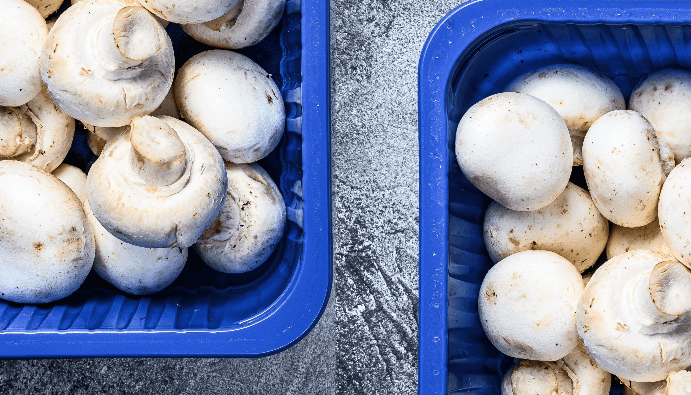Specific Migration - Determination of Epoxy Derivatives
EN 13130-1, Thermo App Note 521: Plastic Materials and Articles in Contact with Food - Specific Migration - Determination of Epoxy Derivatives - LS-MS/MS Method

What is Specific Migration and Epoxy Derivatives Determination?
Specific migration analysis is a test method used to determine the amount of migration of chemicals in food contact packaging into food. Epoxy derivatives are chemical compounds commonly used in food packaging. However, the migration of these compounds into food can have adverse effects on human health. Therefore, it is necessary to control the migration of epoxy derivatives.
Specific migration analysis in plastic materials and materials in contact with food is generally carried out in two stages.
- The first stage in Migration Determination is the exposure of food contact plastic materials and materials to foodstuffs or food analogs.
- The second stage is the detection of migration in foodstuffs or food analogs.
Epoxy Derivatives in plastic materials and materials in contact with food tested under EN 13130-1 standard are as follows.
- BADGE.2H₂O; Bisphenol A bis(2,3-dihydroxypropyl) ether
- BADGE.2HCl; Bisphenol A bis(3-chloro-2-hydroxypropyl) ether
- BADGE.H₂O.HCl; Bisphenol A (3-chloro-2-hydroxypropyl) (2,3-dihydroxypropyl) ether
- BADGE.H₂O; Bisphenol A (2,3-dihydroxypropyl) glycidyl ether
- BADGE.HCl; Bisphenol A (3-chloro-2-hydroxypropyl) glycidyl ether
- ROZET; Bisphenol A diglycidyl ether
- BFDGE; Bis[4-(glycidyloxy)phenyl]methane
- NOGE; Novolac glycidyl ether
EN 13130-1: Materials and articles in contact with foodstuffs - Plastics subject to restriction - Part 1: Specific migration of substances from plastics into food and food analogues and guide to test methods for the determination of substances in plastics and the selection of conditions of food exposure imitations
Importance of Specific Migration
- Food Safety: Epoxy derivatives contain chemicals that can have toxic effects in drinking water and food. Specific migration testing controls the migration of these chemicals into food and ensures that this migration is within certain limits.
- Legal Compliance: In the European Union and many other countries, specific migration limits have been set for food contact materials. Therefore, these tests are mandatory to ensure compliance with legal requirements.
- Consumer Safety: Food packaging must be tested regularly to ensure that the chemical components used do not threaten the health of consumers. Specific migration testing guarantees that these components remain within safe limits.
Nanolab Laboratories Group continues to provide services within the scope of Migration Analysis. We also provide services for NIAS Studies on Packaging.
Contact us for more information.
You can follow us on LinkedIn for up-to-date news and posts about our services.
Follow our Instagram account to be informed about our latest blog posts.

